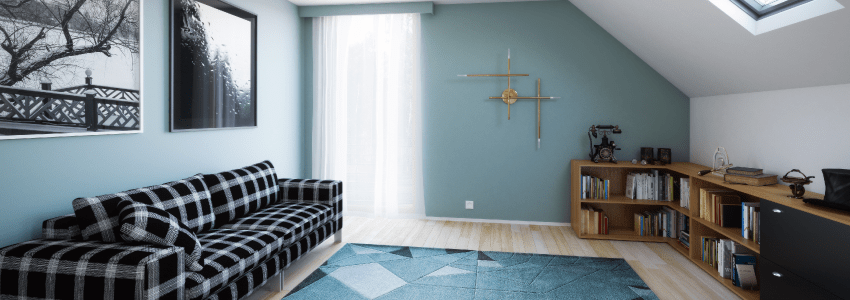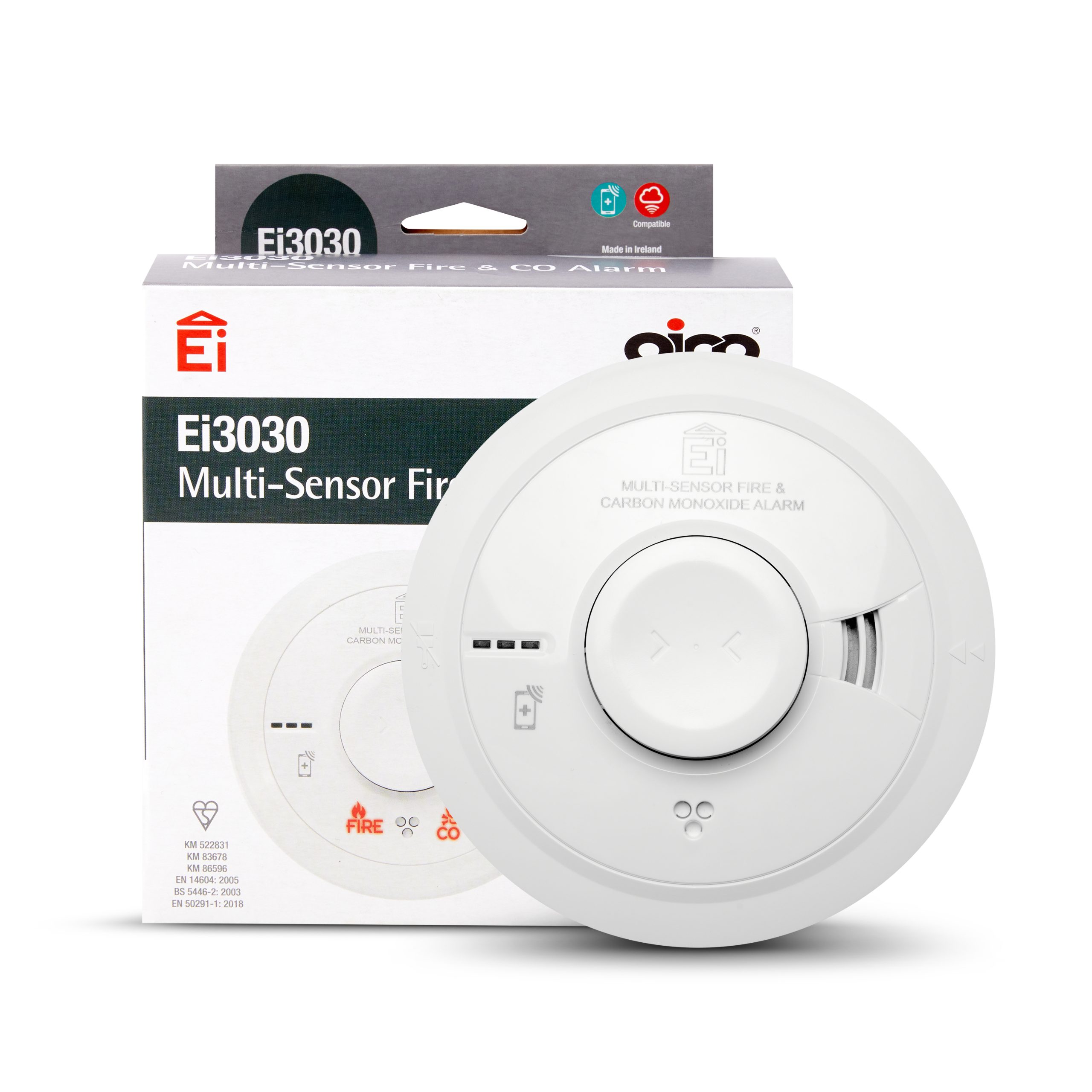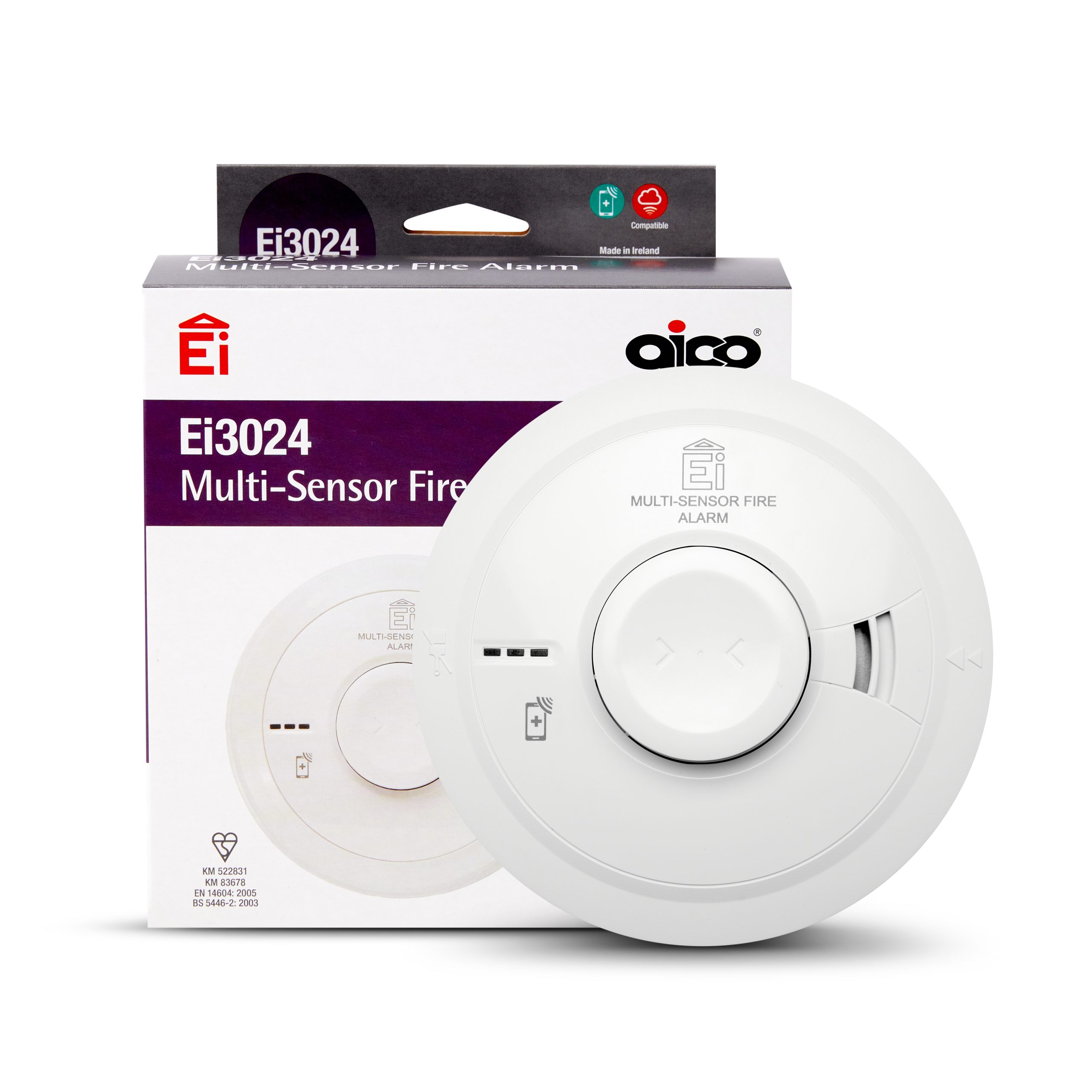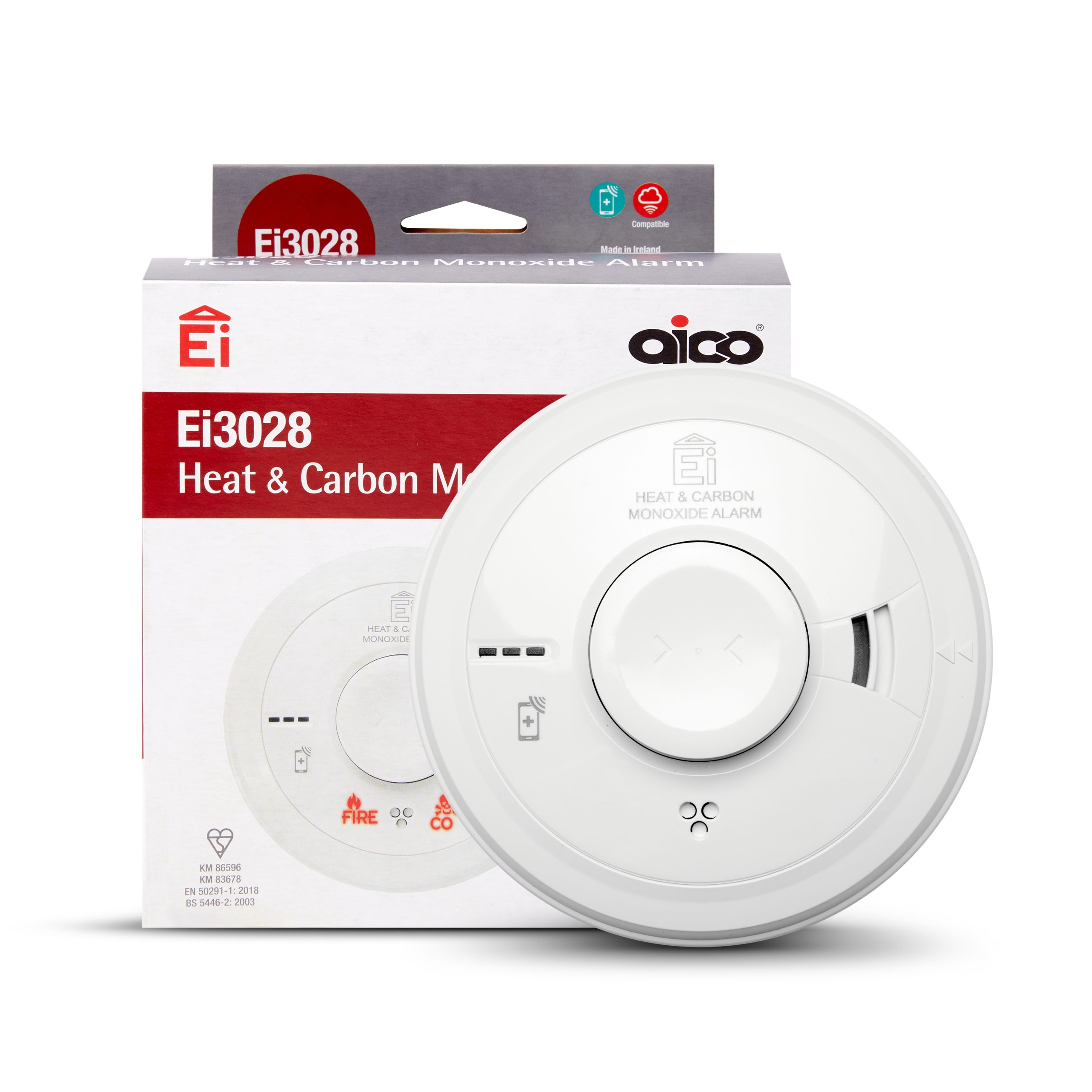Check out our guide to alarm types


Posted On:
15th March 2019
Are you looking to replace the fire alarms in your home but not sure what to fit and where? Or are you an electrician who is about to fit fire alarms for a customer and just want to check that you are fitting the correct alarm type in the correct area?
Well, look no further! Here is a quick and easy guide to help you ensure that your home, or your customer’s homes, are properly covered.
Multi-sensor or single sensor?
Firstly, let’s discuss whether you should be looking to get a multi-sensor alarm or a single sensor alarm.
Multi-sensor alarms give you better detection, this is because they contain two sensors which are looking for two different triggers. In the case of our multi-sensor fire alarm, the Heat and the Optical sensors work together using its intelligent software so that if one sensor picks up a low level of what it is looking for, the threshold of what the other sensor is looking for is lowered. For example, if the Heat sensor detects quite a rapid rise in heat, it will lower the threshold of how much smoke the Optical sensor looks for, and therefore provide an earlier detection than a single sensor alarm would.
Multi-sensor fire alarms such as our Ei3024, are recommended for most living spaces such as living rooms, bedrooms and dining rooms.
Our Ei3028 Multi-Sensor Heat and CO alarm is recommended for kitchens with any solid fuel burning appliances such a gas boiler.
But what about single sensor alarms?
Many home owners will see a fire alarm as just that. However, as anyone in the industry will know, there are multiple types of fire alarm sensors that detect different kinds of fire.
Optical alarm
An optical sensor uses an infra-red beam to detect smoke. These sensors are best for detecting slow, smouldering fires such as electrical fires, and are less prone to false alarms from cooking fumes if placed too closely to kitchens.
We recommend that Optical alarms be fitted in: hallways, landings, living rooms and dining rooms.
Heat alarm
Heat alarms contain a thermistor (heat sensor), which detects changes in temperature. The trigger level of our thermistors is set to 58°c, in order to meet British Standards. These alarms should be used in kitchens or garages as they are not sensitive to cooking fumes and react to heat build-ups from large flaming fires such as those that would start in a kitchen. Do not use in other areas inside the house, these should be covered by smoke alarms.
We recommend that Heat alarms be fitted in: kitchens and garages.
Ionisation alarm
Ionisation sensors use a minute amount of radioactive material to detect the small, invisible smoke particles given off by fast flaming, clean-burning fires such as bedding and clothing. These sensors are likely to be prone to false alarms from cooking fumes if placed too close to kitchens.
We recommend that Ionisation alarms be fitted in: bedrooms and loft spaces.
If you have any other queries about what alarm type to fit and where, we have an alarm selector on our website where you can answer a few questions and it will tell you what you need and where, or you can contact us directly.





